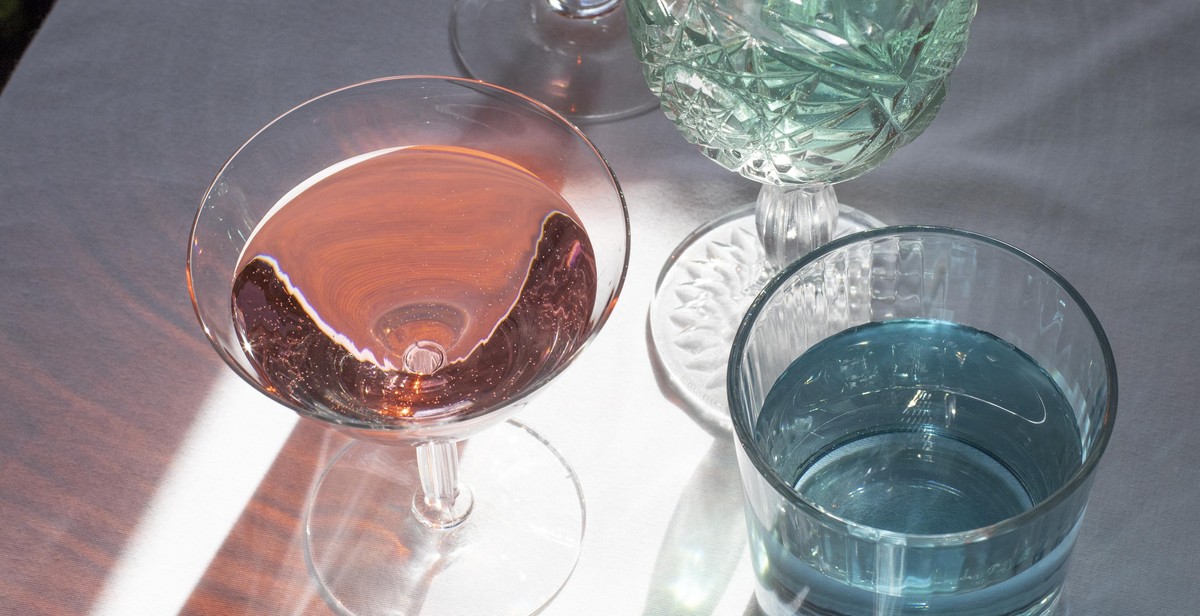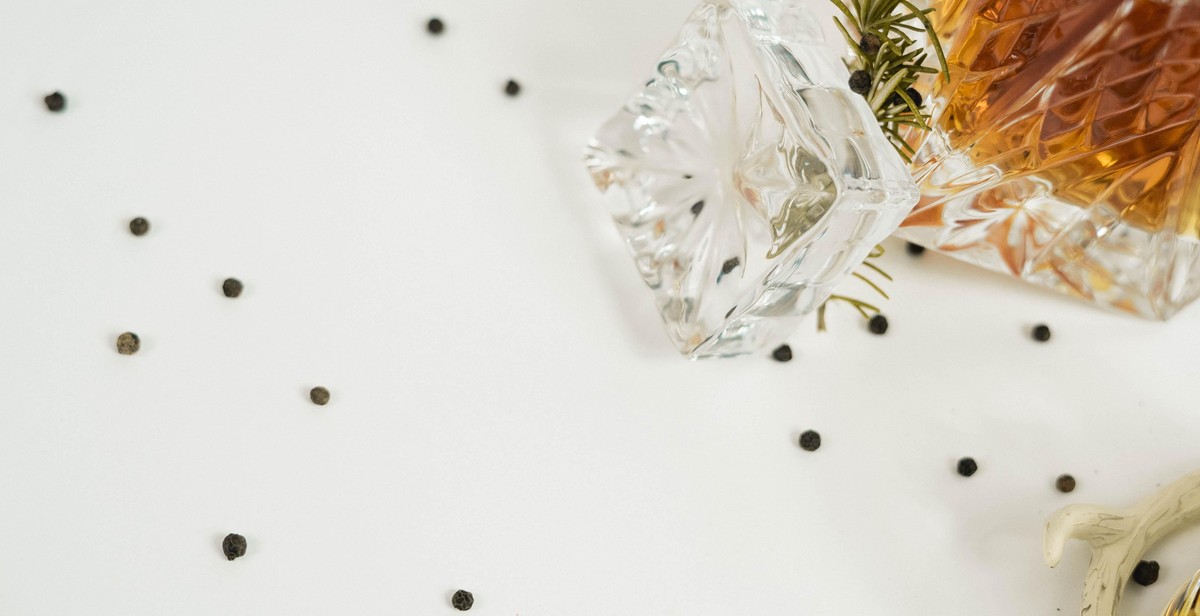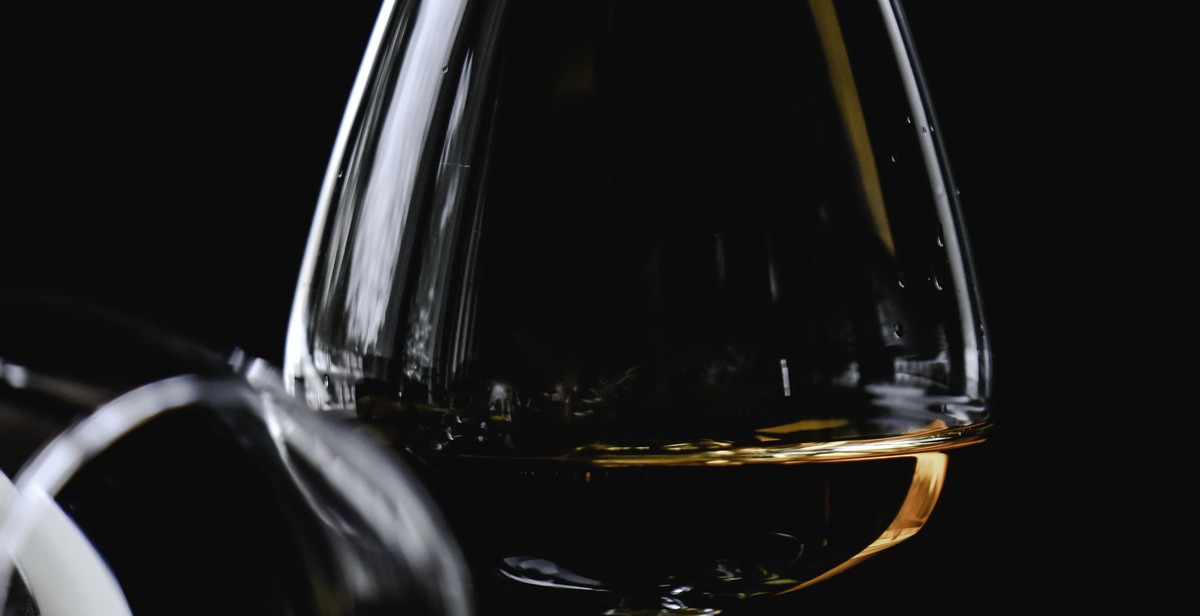Introduction: Understanding Scotch Whisky
Scotch whisky, also known simply as Scotch, is a type of whisky that is distilled and matured in Scotland. It is one of the most popular alcoholic beverages in the world, renowned for its unique flavor and aroma. Scotch whisky is made from malted barley, water, and yeast, and is aged in oak casks for at least three years.
Scotch whisky is categorized into five different types: single malt Scotch whisky, blended malt Scotch whisky, blended Scotch whisky, grain Scotch whisky, and blended grain Scotch whisky. Each type has its own distinctive flavor profile and is enjoyed by whisky enthusiasts around the world.
What Makes Scotch Whisky Unique?
Scotch whisky is unique in its production process, which involves distillation in copper stills and aging in oak casks. The use of oak casks in particular gives Scotch whisky its signature flavor and aroma, as the wood imparts notes of vanilla, caramel, and spice onto the spirit.
Additionally, Scotch whisky is regulated by law in Scotland, which ensures that all Scotch whisky produced meets certain standards of quality and authenticity. This includes requirements for the type of cask used, the minimum aging period, and the use of only natural ingredients.
Why Appreciating and Identifying Different Types of Scotch Whisky Matters
Appreciating and identifying different types of Scotch whisky allows you to truly savor and enjoy the unique flavors and aromas of each type. It also allows you to better understand the history and cultural significance of Scotch whisky in Scotland and around the world. Whether you are a seasoned whisky connoisseur or a novice enthusiast, learning about the different types of Scotch whisky is a fascinating and rewarding experience.

Understanding Scotch Whisky
Scotch whisky is a popular alcoholic drink that has been enjoyed for centuries. It is made from a combination of water, grains, and yeast, and is produced exclusively in Scotland. Understanding the production process, grains used, and the importance of aging in Scotch whisky production is key to appreciating and identifying different types of Scotch whisky.
The Production Process of Scotch Whisky
The production process of Scotch whisky involves several stages, including malting, mashing, fermentation, distillation, and aging. The process begins with the malting of barley, which involves soaking the barley in water, allowing it to germinate, and then drying it in a kiln. This process activates the enzymes in the barley, which convert the starch into sugar.
The next stage is mashing, where the malted barley is mixed with hot water to extract the sugars. The resulting liquid, called wort, is then fermented with yeast to convert the sugar into alcohol. The fermented liquid, known as wash, is then distilled twice in copper pot stills to produce a clear, high-proof spirit.
The final stage is aging, where the spirit is matured in oak casks for a minimum of three years. During this time, the Scotch whisky absorbs flavors and aromas from the oak casks, resulting in its unique taste and character.
Grains Used in Scotch Whisky Production
The main grain used in Scotch whisky production is barley, which is malted to activate its enzymes. However, other grains such as wheat and rye can be used to create different types of Scotch whisky. Blended Scotch whisky, for example, can contain a mixture of different grains and malts.
The Importance of Aging in Scotch Whisky Production
Aging is a crucial part of Scotch whisky production, as it allows the spirit to develop its unique flavor and character. The longer the whisky is aged, the more complex and sophisticated its taste becomes. Scotch whisky must be aged for a minimum of three years, but many premium whiskies are aged for much longer, sometimes up to 30 years or more.
The type of cask used for aging also plays a significant role in the flavor of the Scotch whisky. Bourbon casks, for example, give the whisky a sweet and vanilla-like flavor, while sherry casks produce a rich and fruity flavor.
| Grain | Characteristics |
|---|---|
| Barley | Malty and sweet |
| Wheat | Soft and smooth |
| Rye | Spicy and robust |
Understanding the production process, grains used, and the importance of aging in Scotch whisky production is essential for appreciating and identifying different types of Scotch whisky. Whether you prefer a sweet and malty flavor or a spicy and robust taste, there is a Scotch whisky out there for everyone.

Different Types of Scotch Whisky
Scotch whisky is a popular drink enjoyed all over the world. It is a type of whisky that is made in Scotland and is known for its unique flavor and aroma. There are different types of Scotch whisky, and each type has its own distinct taste and character. Here are the four main types of Scotch whisky:
Single Malt Scotch Whisky
Single malt Scotch whisky is made from 100% malted barley, distilled at a single distillery and aged for a minimum of three years in oak casks. It is considered the purest form of Scotch whisky because it is made from a single source. Single malt Scotch whisky is known for its complex flavor profile and is often described as having a smoky, peaty taste with a hint of sweetness.
Blended Scotch Whisky
Blended Scotch whisky is made by blending two or more single malt whiskies together with grain whisky. Grain whisky is made from malted barley and other grains such as wheat or corn. The blending process is done to create a consistent flavor profile that is unique to the brand. Blended Scotch whisky is the most popular type of Scotch whisky, and it is known for its smooth and mellow taste.
Single Grain Scotch Whisky
Single grain Scotch whisky is made from a mix of malted barley and other grains such as wheat or corn. It is distilled at a single distillery and aged for a minimum of three years in oak casks. Single grain Scotch whisky is known for its light and sweet taste, and it is often used as a base for blended Scotch whisky.
Blended Malt Scotch Whisky
Blended malt Scotch whisky, also known as vatted malt, is made by blending two or more single malt whiskies together. Unlike blended Scotch whisky, blended malt Scotch whisky does not contain any grain whisky. Blended malt Scotch whisky is known for its complex flavor profile and is often described as having a rich, fruity taste with a hint of smokiness.
| Type of Scotch Whisky | Ingredients | Distillation | Ageing | Taste |
|---|---|---|---|---|
| Single Malt Scotch Whisky | 100% malted barley | Single distillery | Minimum of 3 years in oak casks | Complex flavor profile with a smoky, peaty taste and a hint of sweetness |
| Blended Scotch Whisky | Two or more single malt whiskies with grain whisky | Multiple distilleries | No minimum ageing requirement | Smooth and mellow taste |
| Single Grain Scotch Whisky | Malted barley and other grains such as wheat or corn | Single distillery | Minimum of 3 years in oak casks | Light and sweet taste |
| Blended Malt Scotch Whisky | Two or more single malt whiskies | Multiple distilleries | No minimum ageing requirement | Rich, fruity taste with a hint of smokiness |

The Importance of Glassware in Tasting Scotch Whisky
Choosing the right glassware is an essential aspect of appreciating scotch whisky. The shape and size of the glass can affect the aroma, taste, and overall experience of drinking scotch whisky.
The most commonly used glassware for scotch whisky is the tulip-shaped glass. This glass is designed to enhance the aroma and flavor of the scotch. The narrow opening at the top of the glass concentrates the aroma, while the wider bottom allows the scotch to breathe and develop its flavor.
Another popular option is the Glencairn glass. This glass is similar to the tulip-shaped glass but has a wider base and shorter stem. The wider base allows for more aeration of the scotch, enhancing its flavor and aroma. The shorter stem makes it easier to hold and swirl the scotch without spilling it.
How to Properly Taste Scotch Whisky
Tasting scotch whisky is a sensory experience that involves using all of your senses.
Step 1: Look
First, examine the color and clarity of the scotch. The color can give you an indication of the age and type of cask used to age the scotch.
Step 2: Smell
Next, swirl the scotch in your glass to release its aroma. Take a deep breath and try to identify the different scents.
Step 3: Taste
Take a small sip of the scotch and let it sit on your tongue for a few seconds. Then, swirl it around your mouth and try to identify the different flavors.
Identifying Flavors in Scotch Whisky
Scotch whisky has a complex flavor profile that can be difficult to identify. Here are some common flavors to look for when tasting scotch whisky:
- Peat: A smoky, earthy flavor that is common in scotch whisky from Islay
- Caramel: A sweet, toffee-like flavor that is often found in scotch whisky aged in sherry casks
- Fruit: Flavors of apple, pear, and citrus are common in scotch whisky aged in bourbon casks
- Spice: Flavors of cinnamon, nutmeg, and clove are common in scotch whisky aged in American oak casks
By identifying these flavors, you can better appreciate the complexity and nuances of scotch whisky.
| Peat | Caramel | Fruit | Spice |
|---|---|---|---|
| Smoky, earthy | Sweet, toffee-like | Apple, pear, citrus | Cinnamon, nutmeg, clove |

Identifying Scotch Whisky
Scotch whisky is a popular alcoholic beverage made in Scotland. It’s a drink that has been around for centuries and has gained popularity worldwide. There are different types of Scotch whisky, each with its unique flavor, aroma, and color. Here are some tips for identifying Scotch whisky:
Reading the Label of a Bottle of Scotch Whisky
The label on a bottle of Scotch whisky contains important information about the drink. It includes the name of the whisky, the brand, and the alcohol content. The label also indicates whether the whisky is a single malt or a blend. A single malt whisky is made from 100% malted barley and comes from one distillery. On the other hand, a blend is a mixture of different whiskies from various distilleries.
Identifying the Age of Scotch Whisky
The age of Scotch whisky is an important factor that affects its flavor and aroma. The age of a whisky is the number of years it has been aged in oak casks. The longer the whisky is aged, the smoother and richer its flavor becomes. The age of a whisky is usually indicated on the label. A whisky can be classified as:
- Non-Age Statement (NAS): This means that the whisky has no age statement on the label.
- Young: A whisky aged between 3-5 years
- Mature: A whisky aged between 10-15 years
- Very Old: A whisky aged over 25 years
Identifying the Region of Scotch Whisky
The region where Scotch whisky is made also affects its flavor and aroma. There are five regions in Scotland where whisky is produced:
| Region | Flavor Profile |
|---|---|
| Highland | Full-bodied and fruity with a hint of smokiness |
| Lowland | Light, floral, and grassy |
| Speyside | Sweet, nutty, and spicy |
| Island | Peaty, smoky, and salty |
| Campbeltown | Rich, oily, and briny |
Knowing how to identify Scotch whisky can help you appreciate and enjoy it better. By understanding the label, age, and region of the whisky, you can choose the one that suits your taste and preference.
